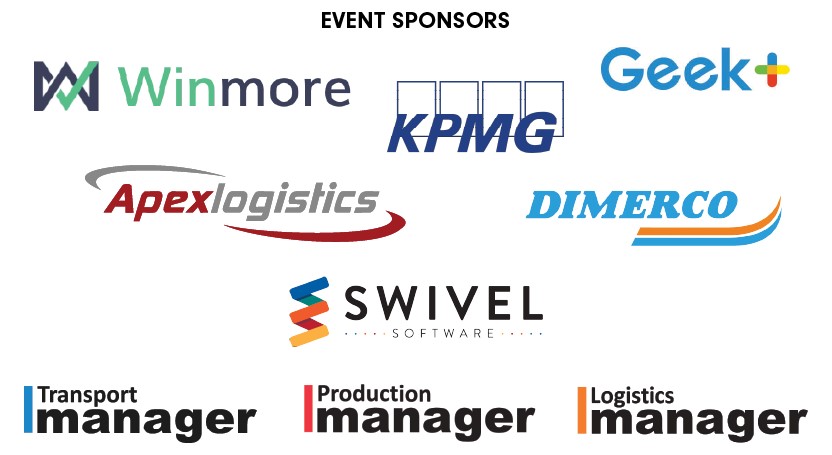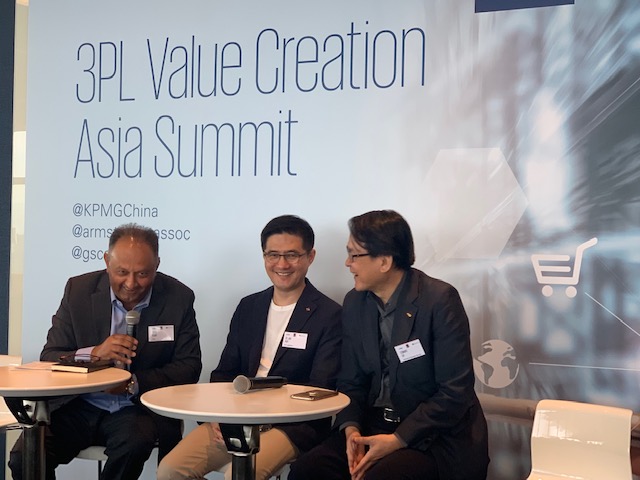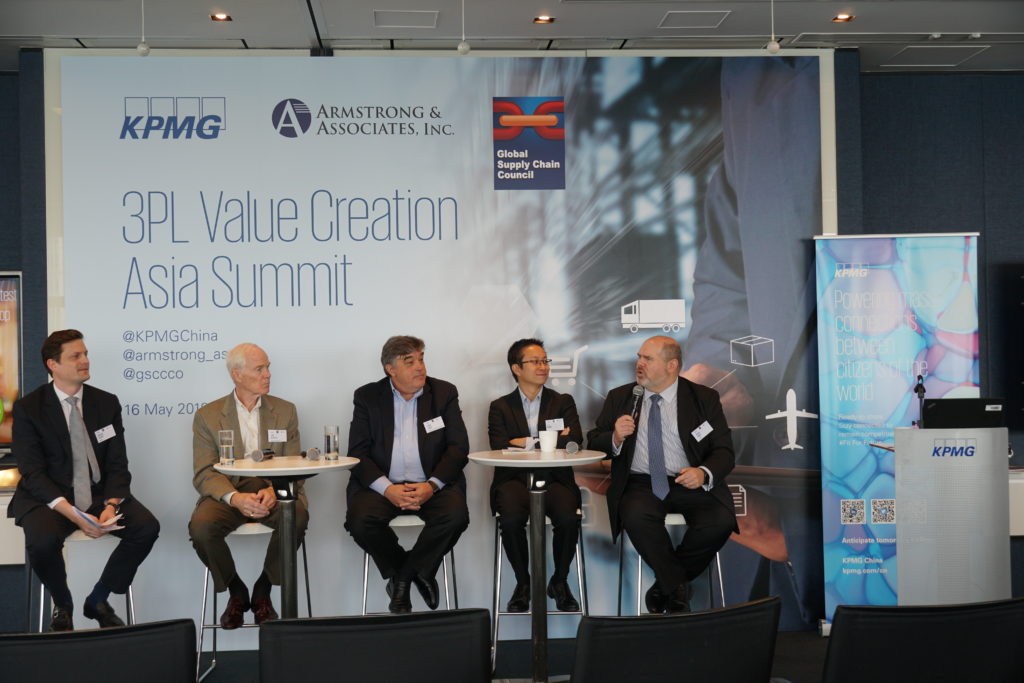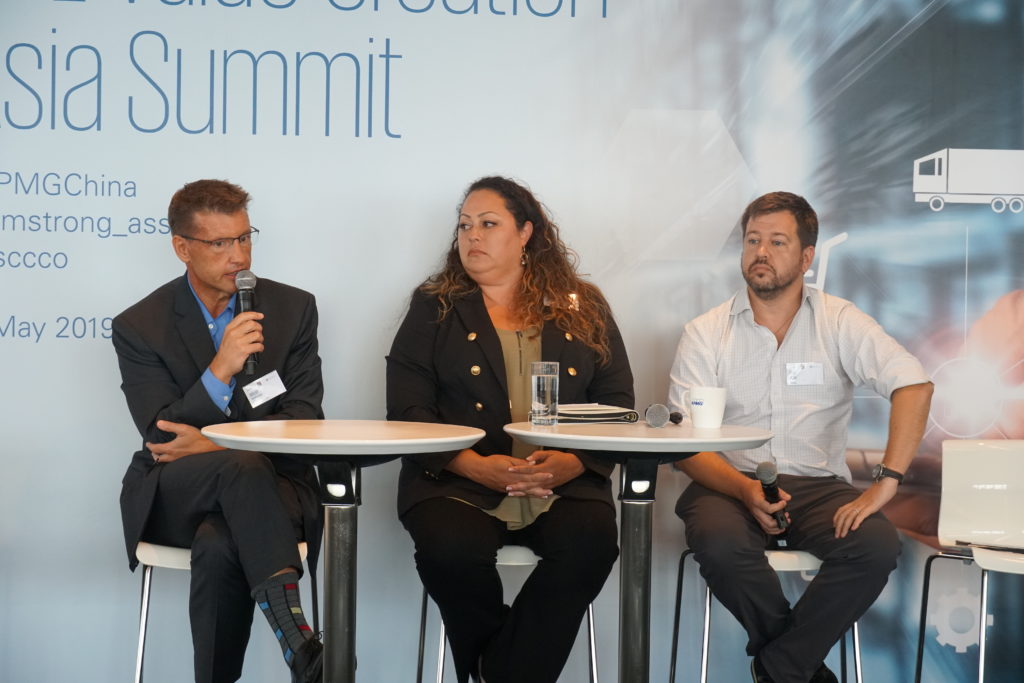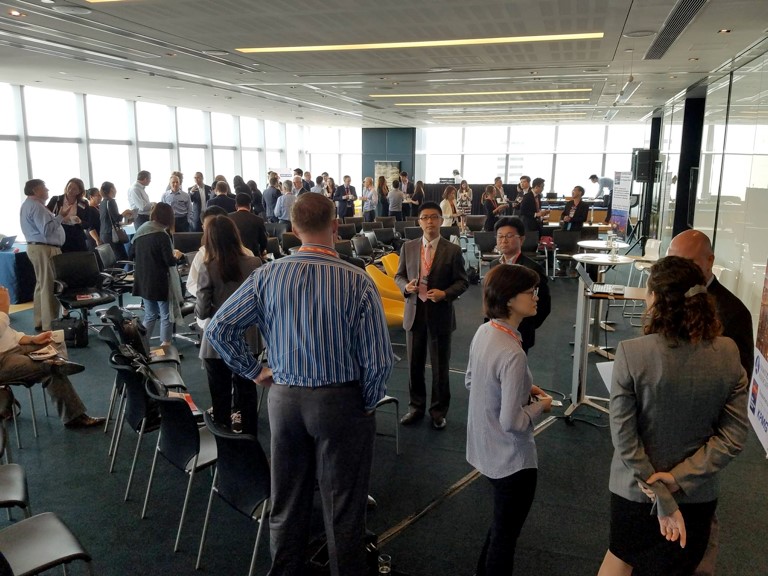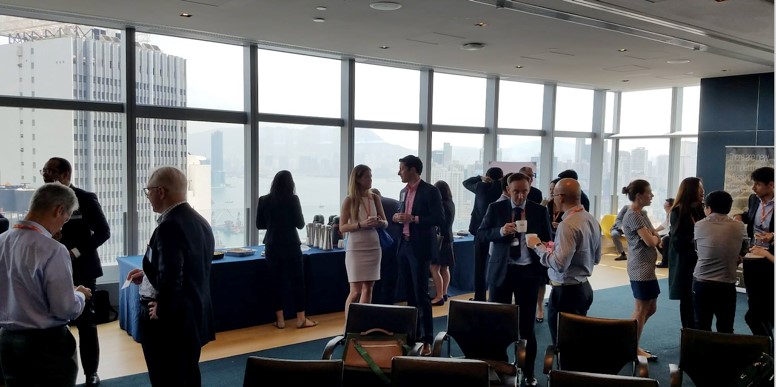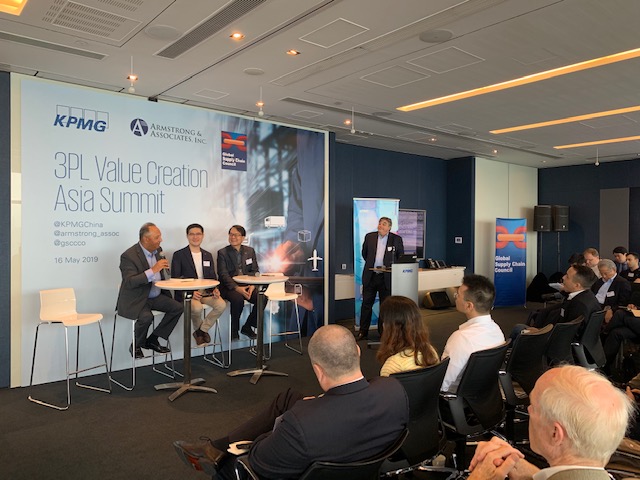
3PL Value Creation Asia Summit 2019
Key Takeaways from the 3PL Value Creation Asia Summit 2019
In May 2019, senior executives from global third-party logistics providers and industry investors met at the 3PL Value Creation Asia Summit to share cutting-edge concepts for achieving growth globally and across Asia.
The 3PL Value Creation Asia Summit represented a deep-dive into the operational, technological, and financial aspects of the global 3PL industry. For those who missed the Summit, A&A and Global Supply Chain Council collected a summary of major trends.

E-commerce
- As in 2018, e-commerce growth dominated much of the conversation at this year’s summit. Across regions, e-commerce is the fastest growing 3PL market subsegment. E-commerce logistics costs are growing at over 16% in the Asia Pacific and e-commerce related 3PL revenues are expected to grow to $40.2B by 2020. In China, e-commerce business with 3PLs is being fueled by cross border trade and growing domestic demand.
- 3PLs would rather work directly with retail brands versus large platforms such as Amazon, Alibaba, and JD.com in growing e-commerce business. Direct relationships with brands allow for better profit margins and tend to be more loyal.
- E-commerce is driving growth in air freight volumes and revenues. According to one 3PL, e-commerce volumes are accounting for up to 40% of total air freight volumes in some trade lanes.
- DHL is dedicating significant air capacity to Amazon.
- There was an overall feeling that e-commerce is growing so fast that as a 3PL it is important to have a strategy for determining which specific e-commerce market segments to target. For example, targeting e-fulfillment to retail brands versus air freight forwarding for brands and platforms.
- On-time fulfillment and delivery performance expectations continue to increase.
- There is some competitive pressure from new e-commerce providers.
- Alibaba Group has made some significant acquisitions such as its investment in STO Express.

3PL Growth
- Globally, third-party logistics is expected to grow at a compound annual growth rate (CAGR) of 7% from 2018 through 2023. Even with the current U.S./China trade war and its related uncertainties, China is anticipated to grow at a CAGR of 9% and the Asia Pacific at 8.4% for the same time period.
- 3PLs identified China, India, and Southeast Asia as key growth countries and regions.
- It was noted that North India and South India are very different, with North India having better logistics infrastructure and higher growth.
- China’s Belt and Road Initiative (BRI) was mentioned as having significant potential to drive growth over the next 10 years but has had no real effect on third-party logistics growth in Asia to date.
- Expansion at the Hong Kong airport will facilitate both business-to-business and e-commerce growth in China and Southeast Asia.
- The new China to Europe railway was identified as a positive tailwind for future growth.
- There is a general desire for more collaboration between 3PLs. As A&A has mentioned before, this is “coopetition” between 3PLs, where they partner with a logistics provider in some markets and compete with the same logistics provider in other markets is commonplace, especially in Asia.
- A tailored approach needs to be taken to achieve geographic growth. Depending on the country, expansion may mean making specialized approaches to working with governmental entities and with locals at many levels. Joint ventures and partnerships are commonplace.
- People are key to creating value for customers and driving 3PL growth and profitability. Solid programs for talent acquisition and training are critical.
- Getting truck capacity and good on-time delivery performance in some countries/regions in Southeast Asia was identified as a “pain point”.

3PL/Customer Relationships
- 3PL customers want to expand their business by working with good providers. There is a relationship between 3PL service quality and price. For 3PL customers, a 3PL’s brand is important and will help a 3PL get its “foot in the door”. A 3PL’s service will then build customer loyalty.
- Customer requirements are very diverse. The challenge is how to respond to this diversity and anticipate customer needs. Major 3PLs are stressing targeted customer acquisitions. The focus is on targeting vertical industries and playing to a 3PL’s strengths to deliver value for customers.
- Larger 3PL customers are building internal control towers to monitor supply chains, transportation spends, and provide for order and shipment visibility.
- In ocean freight forwarding, there are “no more pricing secrets left”. 3PLs and customers are both aware of market pricing.
- Customers are willing to pay more for warehousing services in Asia versus international freight forwarding.

3PL Mergers & Acquisitions
- Investors are driving much of the current M&A activity versus strategic buyers.
- The U.S. is still dominated by investors buying non-asset based 3PLs and investing in new technologies.
- Asia is seeing significant investment within specific ASEAN countries and markets. For example, investment in last-mile providers in Thailand and warehousing in Singapore.

Technology and Automation
- Supply chain technology has been changing rapidly over the last five years.
- E-commerce requires a more integrated systems platform between 3PLs, vendors, and carriers versus traditional 3PL business-to-business systems platforms.
- Instead of digital disruption occurring across the board in third-party logistics, technological change is coming incrementally with different operational areas automating faster than others.
- 3PLs are interested in deploying new cloud-based systems with low up-front costs and transactional pricing.
- Material handling robots are becoming more commonplace in high wage markets.
- Autonomous warehouse robots can have a two-year return on investment (ROI) in more developed countries with higher labor costs such as Hong Kong and Singapore. In developing countries such as Malaysia and Vietnam the payback is five or six years. The goal is to get the ROI down to three years for all markets. Pricing warehouse robots as a pay-per-order service was discussed.
- Main benefits of utilizing autonomous robots in warehousing operations include reduced walking time and improvement in picks/hour from 100-120 per hour to 200-300 per hour.
- Artificial intelligence and machine learning were both seen as ways to replace routine clerical functions through automation and driving efficiency increases. A.I. is also making its way into some higher functions such as load matching and optimal carrier selection.
- Significant strides have been made in automating 3PL bid processes allowing for a 60% increase in bids being responded to by 40% of a 3PL’s original staff.
- IT departments used to control system buying but now, business owners can easily identify applications without IT.
- 3PL system make/buy decisions can be complex. It is important to identify how a system will integrate with the current IT environment and how legacy systems if not upgraded will reduce the agility of the 3PL’s business.
- Alibaba and JD.com are using open-source code/solutions and building highly-integrated systems.
- Interest in Digital Freight Matching platforms such as Uber Freight and Manbang continues to drive investment. To stay competitive, 3PLs need to invest in technology and be so efficient they cannot be disrupted.
- Blockchain types of applications are seen as a growing technology with a lot of interest.
- China leads globally in blockchain related patents at 790. The U.S. was second with 762.
- The main challenge to the growth of blockchain is with existing platforms to manage supply chains.
- Blockchain is a way to lower barriers in creating trust around data.
- An example of using blockchain to track supply chains of diamonds was mentioned.
- 3PLs and systems providers are continually striving to innovate systems and applications.
- The Internet of Things (IoT) is growing quickly and aggregating and sharing data from multiple sources between individual systems and applications.
- There has been a proliferation of cloud-based systems and applications with specific functions. The focus of 3PLs is to integrate/interface all of these systems in developing value-creating solutions for internal operations and customers.
